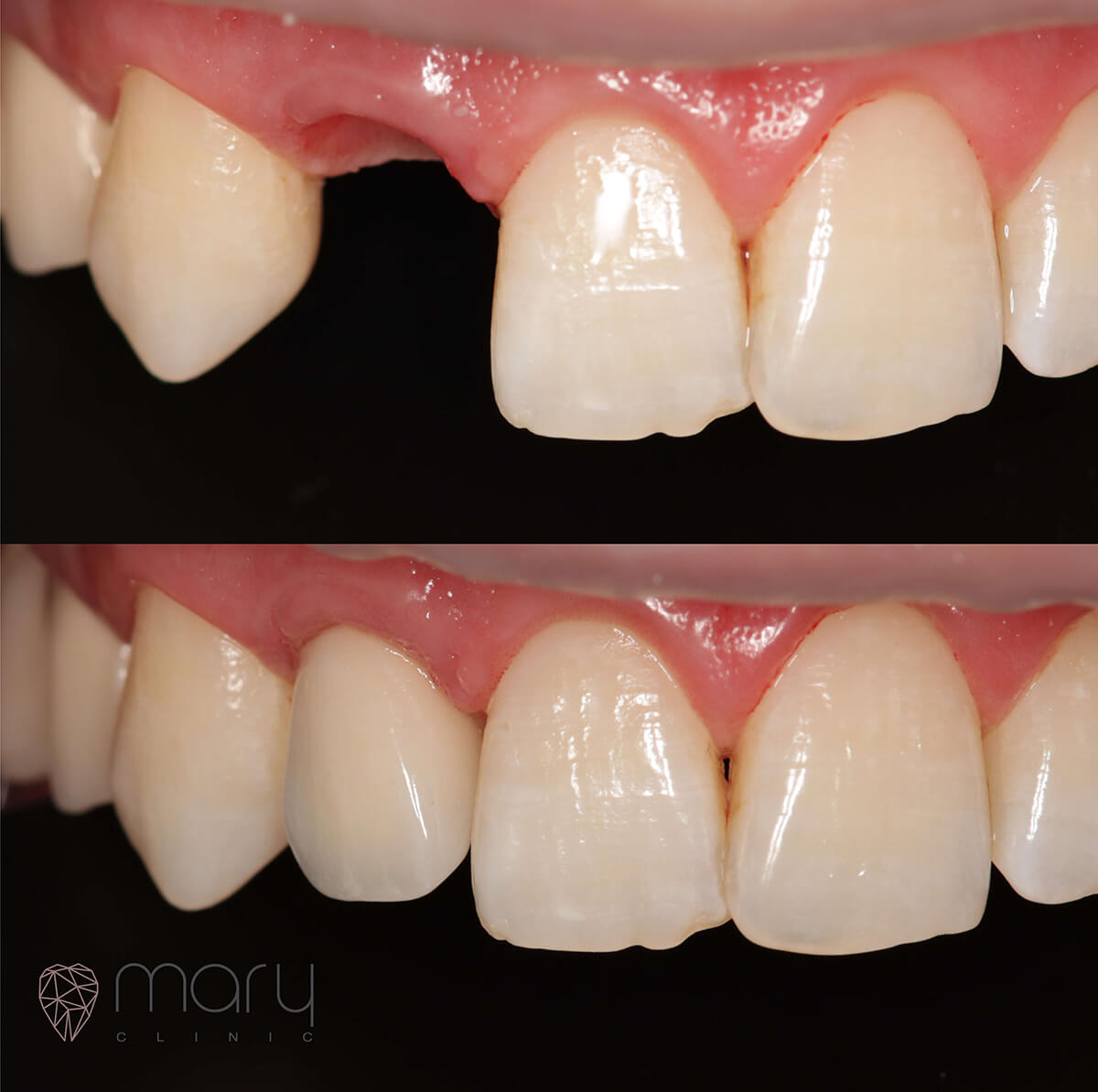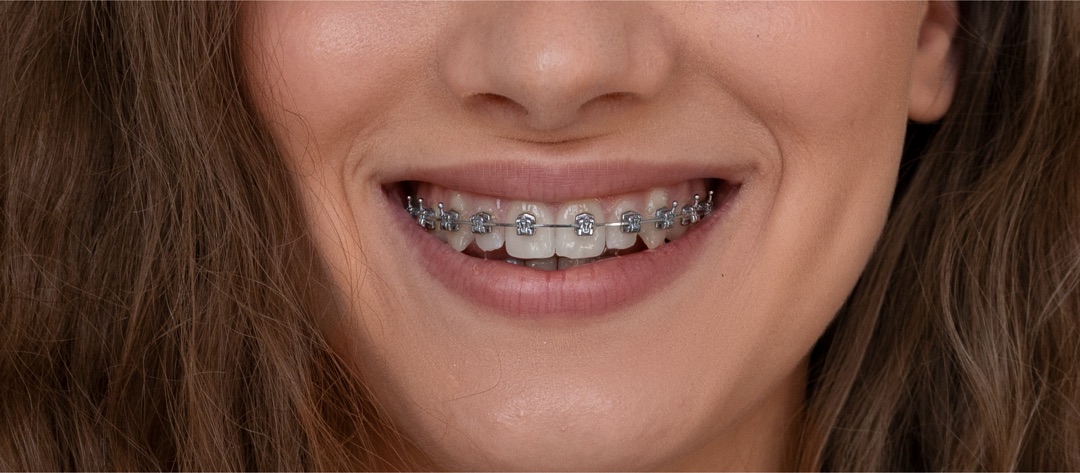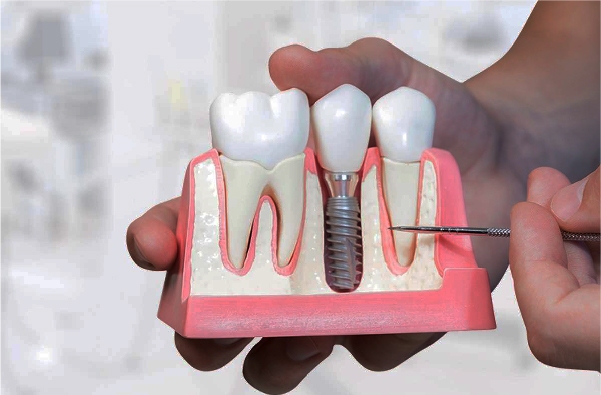What to do when there’s missing the frontal tooth?

The absence of the frontal tooth is not just an aesthetic issue, but also significantly affects your self-confidence and quality of life. We understand how important it is to restore your beautiful smile and comfort in communication. We can confidently answer that yes, it is possible, and there are several methods to achieve this. Dental implantation. A modern and reliable way to restore a tooth that will look and function like a natural one. Dental crowns and bridges. A quick and effective solution for restoring the dental arch. Aesthetic veneers. If the tooth root is preserved, veneers can help bring back your ideal smile. We use only modern technologies and materials to ensure your smile looks as aesthetic and attractive as you wish. Replacing the frontal tooth by using an implant is a modern and effective way to restore missing tooth, both from aesthetic and functional perspective. The implantation process includes several stages: 1. Consultation and diagnosis 2. Implant placement 3. Placement of the abutment and crown After the implantation is complete, it is essential to follow the dentist's recommendations to ensure long-lasting results. Key steps include: Some specific features distinguish frontal tooth implantation from standard procedures. Key points include: 2. Implant placement 3. Selection of implant and crown 4. Placement Technique 5. Bite Consideration Front tooth implantation requires high level of expertise and experience, as it involves working with both functional and aesthetically significant area. Therefore, it is important to choose a clinic and specialists who specialize in such procedures. Of course, it’s possible. Here are few methods to restore only once tooth from frontal teeth: Schedule a consultation at MaryClinic today!
Is it possible to restore the missing frontal tooth so that it doesn't differ from the other teeth?What solutions do we offer?
How does the implantologist replace the frontal tooth?
During the first visit, the implantologist examines and prescribes necessary tests (X-rays, CT scans) to evaluate the condition of the jawbone and determine the feasibility of placing the implant.
The implant is made of titanium and inserted surgically into the jawbone. The procedure is performed under local anesthesia, takes about an hour, and is completely painless. After placement, the implant integrates with the bone tissue over 2-3 months.
Once the implant has healed, an abutment is attached — connecting piece that supports the crown, which is custom-made to perfectly match the color and shape of the neighboring teeth.
Are there differences between standard implantation and frontal tooth implantation?
1. Aesthetic requirements
Frontal teeth are in the visible zone, so functionality and aesthetics are equally important.
The implantologist must consider gum shape, tooth alignment and the natural color of the crown to ensure the restored tooth looks natural.
The bone in the front zone is usually thinner and has less volume, requiring greater precision during implant placement.
Sometimes, preliminary bone grafting or use of special narrow implants may be necessary.
For frontal tooth, long-lasting implants and aesthetically pleasing ceramic or zirconia crowns are chosen.
The abutment's shape and structure are also selected to create a natural gum line appearance.
Preserving the natural contour of the gum is crucial, so the dentist may use special methods, such as immediate implantation (placing the implant immediately after tooth extraction).
A temporary crown may also be used to maintain aesthetics during the healing process.
When restoring the frontal tooth, it is important to account for forces during chewing to avoid overloading on the implant. Is it possible to restore only one tooth from frontal teeth?
The most effective among these methods is implantation.
We’ll help you choose the best solution and restore your ideal smile. Your new teeth are a new level of life!







